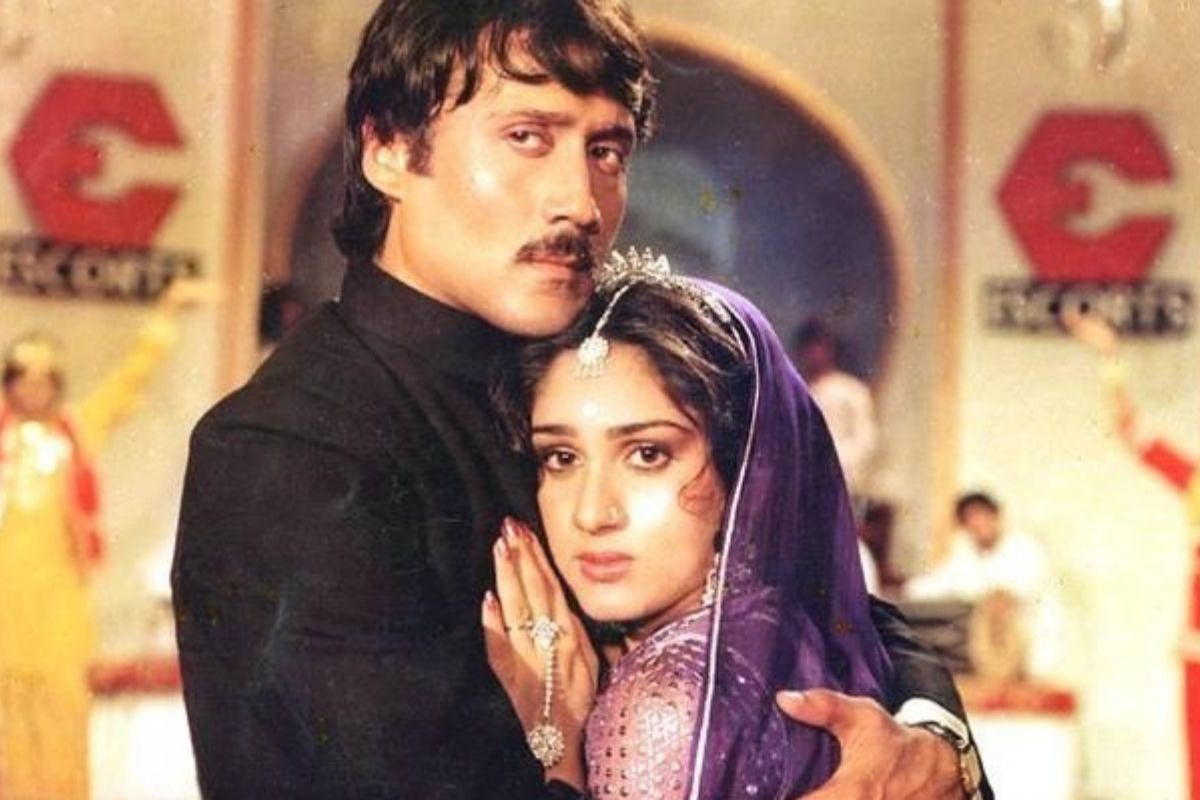The year 1983 was a turning point for Bollywood, a time when Indian cinema saw drama, dreams, and bold changes. From the rise of star sons to a near-fatal accident that shook the nation, and the start of inclusive storytelling, 1983 was unforgettable. Annu Kapoor presents tales on Suhaana Safar to demonstrate that cinema represents a heartful reflection of the Indian nation beyond pure entertainment value.
When the Reels of Fate Spun Faster
In 1983, Bollywood was more than movies—it was a whirlwind of emotions and change. A whole new generation of actors emerged while a top celebrity faced a life-threatening challenge alongside movies that tore down industry traditions during 1983. Annu Kapoor, a veteran actor and radio host, calls 1983 a “game-changer” on Suhaana Safar. Both Coolie and Jaane Bhi Do Yaaro served to entertain audiences as well as display India’s developmental and unifying themes.

Industry executives debated whether stars should come from established performers or anybody with skills. Movie production on Coolie propelled millions of viewers into joint prayer when an accident threatened to be deadly therefore demonstrating how film acts as a137 force that brings audiences together. The film industry exhibited heroes from diverse backgrounds in their stories that allowed viewers to see themselves represented on screen. This year set the stage for modern Bollywood, and these stories take us behind the curtain.
The Year Star Sons Stormed the Silver Screen
The early 1980s brought a wave of star sons—actors born into film families—who took over Bollywood. In 1983, Kumar Gaurav (Love Story), Sunny Deol (Betaab), and Jackie Shroff (Hero) debuted, carrying their fathers’ fame. Annu Kapoor says, “Fans loved these boys because they felt like family.” The public immediately embraced these films because spectators trusted established actors who appeared in them. Annu faced a narrow scope of opportunities because external actors were confined to functional secondary roles during this era.

According to his memory the film industry presented hurdles to those who lacked Kapoor or Khan family connections. Real-life connections with movie stars stole the spotlight from star sons while critics complained the public opinion diluted their performance abilities. This debate—legacy versus skill—started in 1983 and still sparks arguments today. The year showed Bollywood’s love for dynasties, but it also hinted at the fight for fairness that would grow later.
The Production of Coolie Almost Ended Amitabh Bachchan’s Life
On August 2, 1982, during a fight scene for Coolie, Amitabh Bachchan, Bollywood’s biggest star, crashed into a prop table, injuring his spleen. The stunt failed when the accident took place. “It was meant to be a fake punch,” Annu Kapoor shares, “but Amitabh collapsed, and panic spread.” During multiple days he struggled to survive at Breach Candy Hospital in Mumbai. Indian fans from all parts of the country gathered to pray at religious institutions including mosques, temples and churches as Prime Minister Indira Gandhi visited him during the period. When Coolie released in 1983, it became more than a film—it was a celebration of Amitabh’s survival. The line “Mard ko dard nahi hota” (A real man feels no pain) made audiences emotional, knowing the irony. The film’s success showed how deeply India loved its “Angry Young Man.”
Unity in the Shadows: How Coolie Bridged Divides
Coolie maintained its cultural significance beyond Bachchan because it introduced Iqbal as the main character played by Bachchan who served as a Muslim porter. In 1983, Muslim characters were often shown as villains or comic sidekicks, but Iqbal was different. He displayed bravery and honesty as well as being multidimensional which subtly demonstrated his faith. Throughout the creation of the story Director Manmohan Desai from the Hindu faith collaborated with writer Kader Khan from the Muslim faith.

“We shared biryani and puri-sabzi on set,” Annu Kapoor laughs, showing the team’s unity. Viewers from both the Hindu and Muslim communities embraced victory scenes along with each other during Iqbal’s battles in movie theatres that included the Gaiety-Galaxy theatre in Mumbai. Coolie established through its success that movies unite people despite their particular characteristics because society shares essential core beliefs. This bold step in 1983 paved the way for more inclusive stories in Bollywood.
1983’s Hidden Gems: Stories Beyond the Spotlight
While Coolie grabbed headlines, other 1983 films quietly changed Bollywood. Arth, released late 1982 but impactful in 1983, showed Shabana Azmi as a woman facing a broken marriage, proving “women’s films” could be powerful. The comedy movie Jaane Bhi Do Yaaro failed to impress when it first released although it gained widespread popularity by attracting a dedicated fan base because of its witty humour.

Sadma emerged as a Hindi adaptation of a Tamil film which united Haasan and Sridevi in a single production to display the potential of regional storytelling across all of India. The movie industry blended artistic elements with entertainment during this period while establishing new patterns that upcoming success storeys would follow. They proved Bollywood could tell deep, diverse stories, even if they didn’t always shine at the box office right away.
The Aftermath: How 1983 Redefined Bollywood
Indian cinema received major impact from what occurred in 1983. The safety measures on film sets improved substantially after Amitabh Bachchan experienced his accident thus stunt coordinators became a standard part on set along with medical staff. Bollywood transformed into a dynasty landscape through the rise of star sons yet this change brought Shah Rukh Khan to challenge the film industry system afterwards.
1983 demonstrated to Bollywood the need to maintain safety while presenting spectacle while fighting corruption and ending separation while celebrating Indian unity. Today modern cinema relies on the foundational principles learned from 1983 which determines both production methods and which groups control storytelling. Thus the year represents a vital point for contemporary cinema.
Why 1983 Still Matters?
Time has passed but 1983 continues to stand as an important year forty years after its occurrence. The entire nation joined in prayer for Amitabh Bachchan thus demonstrating how movies can bring people together in solidarity. In Coolie director Iqbal displayed a lesson that persists today which shows viewers how to recognize the human being behind religious identities. Bollywood faced staunch criticism regarding inherited starship which continues generating arguments about industry favoritism until today.
The narrative continues because Annu Kapoor expresses this truth on Suhaana Safar T.V Show. Movies of 1983 showcase our present self and future potential as they depict both our aspirations and hardships and accomplishments. Past achievements from 1983 keep appearing in present-day Bollywood blockbusters along with moving storylines.
Also Read: Kishore Kumar: Singing, Smiling, and the Sound of Stardom
You can connect with DNN24 on Facebook, Twitter, and Instagram and subscribe to our YouTube channel.

